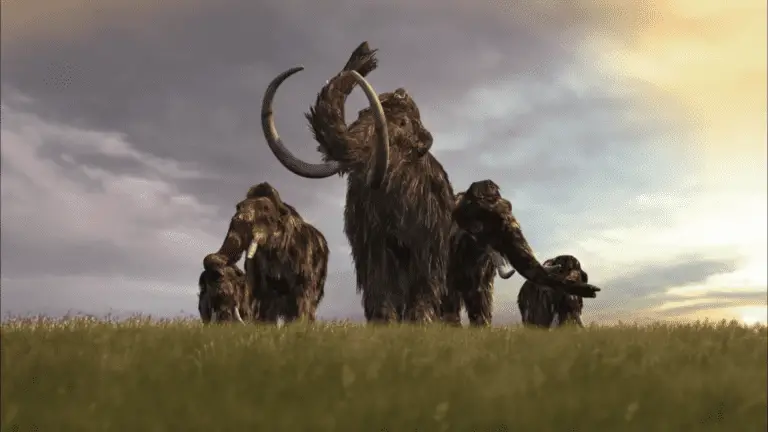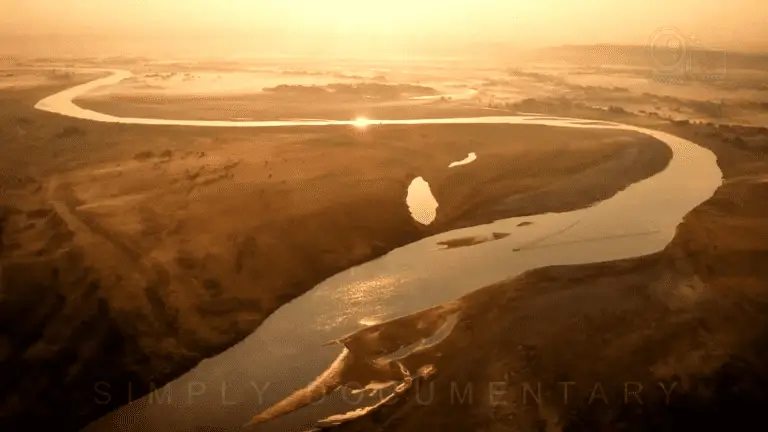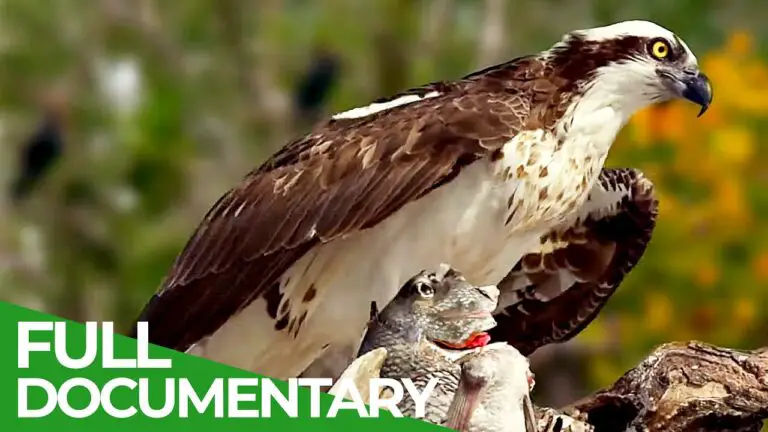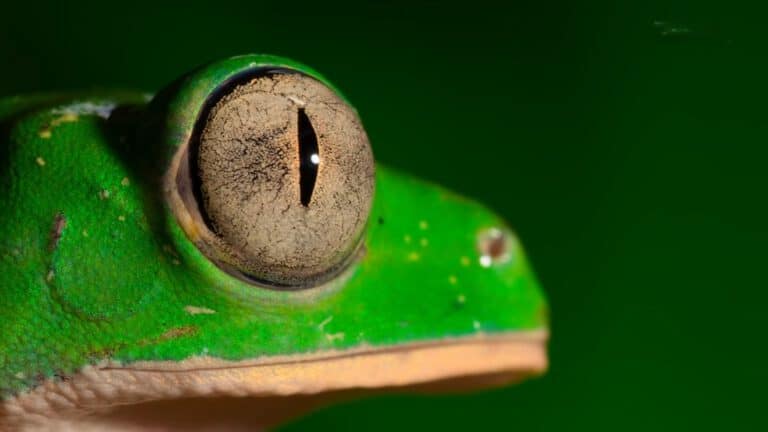Our Planet – Forests
The documentary opens with the narrator reflecting on how humanity has changed over the past 50 years since humans first landed on the moon. In particular, the human population has more than doubled, and this puts pressure on the natural world.
The documentary aims to celebrate the natural wonders that still exist and to show what needs to be preserved to ensure both people and nature thrive.
The episode focuses on forests, which are the home to over half of all the world’s trees. Forests are important for a variety of reasons, including their ability to regulate the climate and provide habitat for countless unique species. Unfortunately, forests have been destroyed without hesitation in the past, but they have an incredible ability to recover.
The boreal forest in Russia is the focus of the first segment. This forest is dominated by pine trees, and it stretches across Russia, Europe, and North America. The forest is home to a rare animal, the Siberian tiger, of which there are less than 600 left.
The tigers rely on the forest for prey, particularly wild boars that depend on pine nuts for energy during the winter. The game of hide-and-seek played by the tigers and their prey is played out over vast areas of forest. The boreal forest is also vital in the fight against climate change, as it stores over 40% of the world’s carbon.
The second segment focuses on the forests of western Alaska, which are home to a variety of predators that rely on the seasonal arrival of salmon in the rivers that run through the forest.
Bald eagles are a prominent predator, and young eagles spend their first years searching for food in the forest before trying to claim a place by the river. As winter advances, competition for food becomes more intense, and only the strongest and largest survive.
The last segment of the episode focuses on the great redwood forests of the Pacific Northwest. These forests used to be much more widespread, but now only 5% of them remain.
The forest floor is rich with life, including rough-skinned newts that return to the pools where they hatched to mate and lay eggs. The competition for mates is intense, and the females are sometimes overwhelmed by the males’ attention.
As the summer progresses, the forest changes and the documentary ends with the narrator reflecting on the importance of preserving these natural wonders for future generations.
Subscribe to our newsletter
Get Access To Our Latest Documentaries Before Everyone Else






